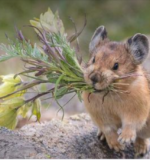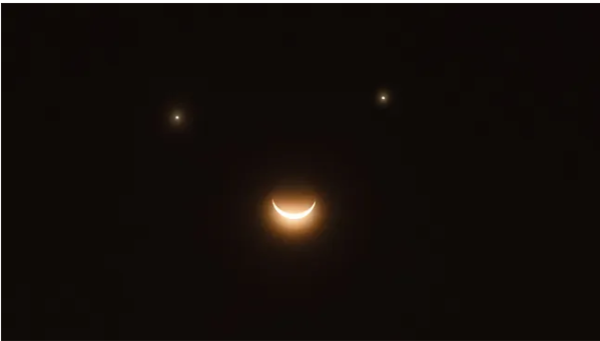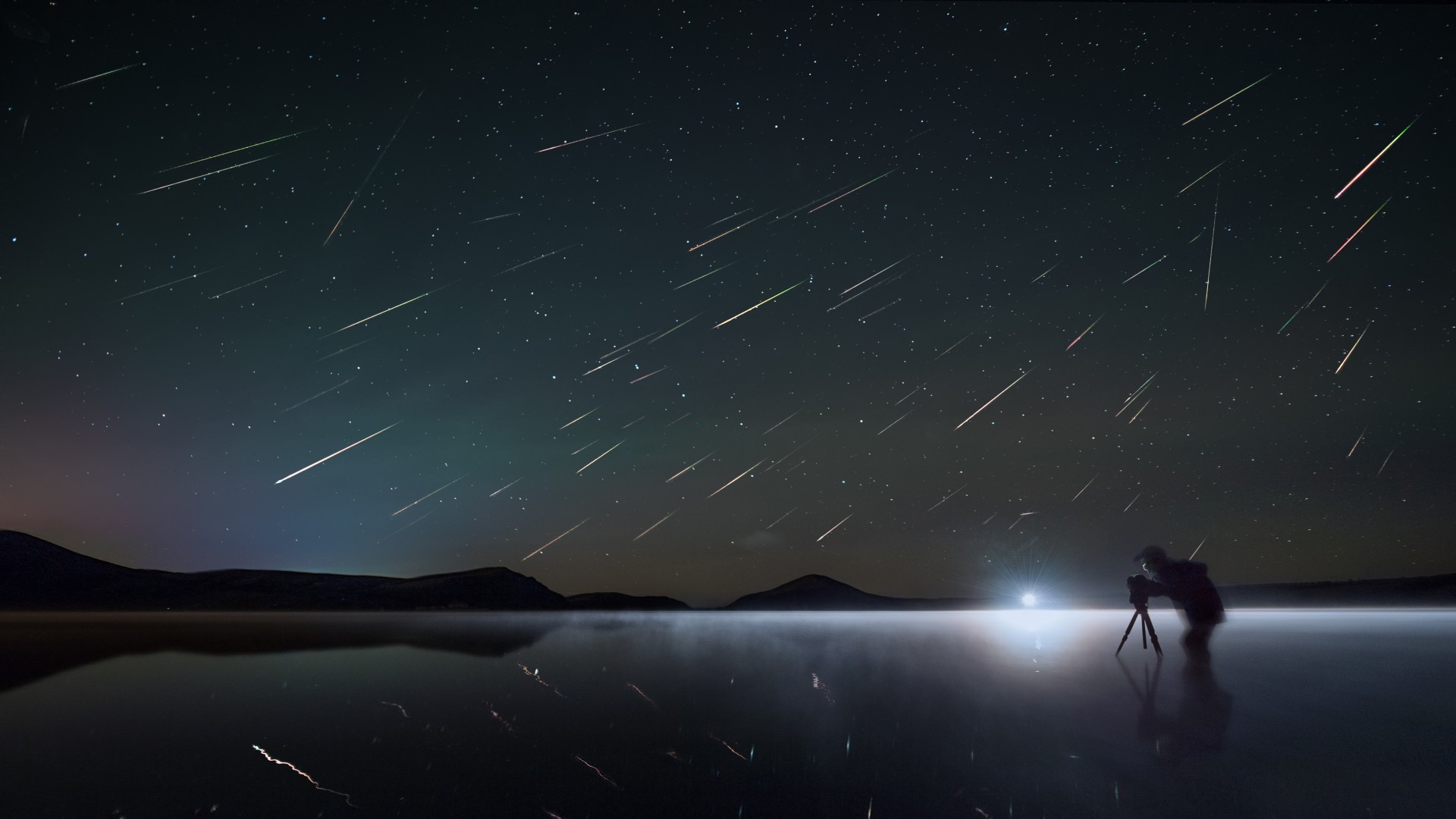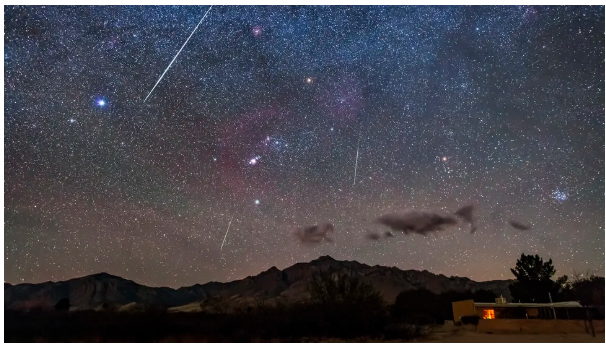Earlier this month, officials from Cedar Breaks National Monument in Utah shared a post highlighting the unique behavior of one of the region’s most adorable and little-known species — the American pika.
These tiny animals, a diminutive species related to rabbits, spend their days in rocky outcrops at higher altitudes, where they forage for their favorite food: wildflowers.
But pikas don’t just nibble as they go.
To ensure they have food enough to last them through the frigid winter, during which fresh flowers are in short supply, pikas get to gathering and preserving colorful bouquets when there are plenty to be found.
“[Pikas] do not hibernate and will collect wildflowers and grasses in the summertime and lay them out on the rocks in the sun to dry them,” the Park Service wrote. “They do that so their food does not go moldy during the winter. These are called ‘haystacks’ and they are stored in their dens [until] wintertime.”
https://www.facebook.com/GrandTetonNPS/posts/7179106952103839?ref=embed_post
Because pikas are so small and swift, capturing their flower-gathering behavior on camera can be quite tricky to say the least.
But late last month, while on a hike in the wilderness of Colorado, photographer Charles Haupert found himself faced with the perfect opportunity.
In the distance, a little pika was about to go to work as the animal world’s most adorable florist.

For Haupert, it came as a lucky break.
“I’ve seen them collecting flowers before, but never have been quick enough on the draw [with my camera] to get it in action,” Haupert told The Dodo. “They are always on the move.”
But this day was different. Haupert’s camera was at the ready.

As Haupert looked on, the pika hopped about a floral patch among the rocks, gathering flowers in her mouth as she went.
“Overall, they are pretty cute,” Haupert said.

Once the pika had collected as much as her little jaws could carry, she set off with her haul.

“[She] headed down the mountain, over larger boulders, to hide what was picked,” Haupert said.
On the way, she would pause just long enough for him to take her photo.

“They then disappear pretty quick,” Haupert said. “You can hear them chirp, but sometimes they are tough to see.”
And just like that, the pika and her floral bounty darted out of sight.

The rare photo op lasted only a minute, but Haupert counts himself lucky to have had the chance at all.
“It was really just being at the right place and right time,” he said.
Sadly, however, sightings such as the one Haupert experienced may become rarer still.

American pikas are built for cold, alpine weather and are thus highly sensitive to the rising temperatures associated with climate change. In fact, prolonged exposure to temps exceeding 77 degrees Fahrenheit is enough to be fatal.
A study by the National Park Service predicts that, by century’s end, some populations of pika could even go extinct.
Pikas have yet to be declared an endangered species, however, and plans are underway to mitigate the threats they face going forward. And thankfully, encounters like Haupert captured in these photos, can still do wonders in reminding people of all those worth protecting.








 Photographer Finds Locations Of 1960s Postcards To See How They Look Today, And The Difference Is Unbelievable
Photographer Finds Locations Of 1960s Postcards To See How They Look Today, And The Difference Is Unbelievable  Hij zet 3 IKEA kastjes tegen elkaar aan en maakt dit voor zijn vrouw…Wat een gaaf resultaat!!
Hij zet 3 IKEA kastjes tegen elkaar aan en maakt dit voor zijn vrouw…Wat een gaaf resultaat!!  Scientists Discover 512-Year-Old Shark, Which Would Be The Oldest Living Vertebrate On The Planet
Scientists Discover 512-Year-Old Shark, Which Would Be The Oldest Living Vertebrate On The Planet  Hus til salg er kun 22 kvadratmeter – men vent til du ser det indvendigt
Hus til salg er kun 22 kvadratmeter – men vent til du ser det indvendigt  Superknepet – så blir snuskiga ugnsformen som ny igen!
Superknepet – så blir snuskiga ugnsformen som ny igen!  Meteorite That Recently Fell in Somalia Turns Out to Contain Two Minerals Never Before Seen on Earth
Meteorite That Recently Fell in Somalia Turns Out to Contain Two Minerals Never Before Seen on Earth  Nearly Frozen Waves Captured On Camera By Nantucket Photographer
Nearly Frozen Waves Captured On Camera By Nantucket Photographer  It’s Official: Astronomers Have Discovered another Earth
It’s Official: Astronomers Have Discovered another Earth 